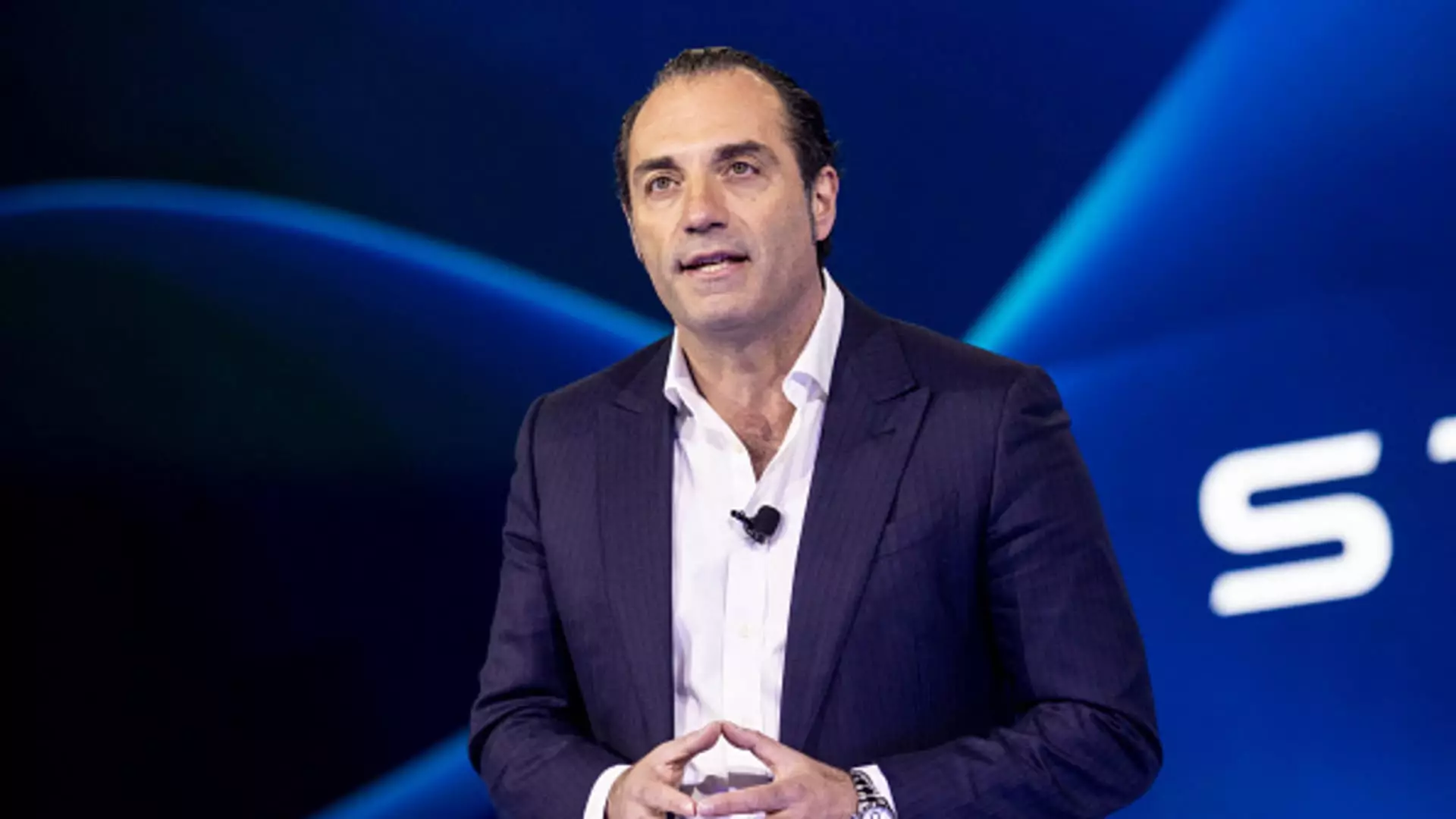Stellantis, the result of the merger between Fiat Chrysler Automobiles and PSA Groupe, is grappling with a significant decline in its U.S. market share, which has fallen from 12.6% in 2019 to a mere 9.6% in 2023. Since 2018, the company has witnessed a steady decrease in sales in the U.S., its largest market. Faced with this downward trajectory, Stellantis has identified 2023 as a crucial year to not only halt this decline but to reclaim its position in the competitive automotive landscape. The leadership has pivoted towards prioritizing retail market share expansion, a fundamental change in strategy considering past years’ focus on profitability over volume.
Under the new leadership of Antonio Filosa, who took the reins of North American operations in October, Stellantis aims to rebuild relationships with dealerships and align product offerings to meet consumer demand. This includes introducing incentives for dealers and a commitment to launching new vehicles tailored for the U.S. market. Filosa’s public acknowledgment of the company’s previous missteps reflects a willingness to adapt and innovate, a necessary philosophy for any organization facing a crisis. The story of Stellantis is not just one of fading numbers, but of re-evaluating business priorities and restoring trust in a fractured relationship with both dealers and consumers.
Challenges to Overcome
The pressure is undoubtedly mounting on Stellantis, particularly given the significant declines experienced by its Jeep and Ram Trucks divisions. Tim Kuniskis, the newly reinstated Ram brand manager, has vowed to recalibrate the brand’s strategy as part of a broader initiative to enhance dealer support and drive sales. The challenges are multifaceted, including a lack of a strong product pipeline and a struggling rollout of redesigned flagship models, such as the Ram 1500 pickups. The importance of balancing sales volume with profit margins has never been more apparent, and Kuniskis’s optimism is crucial as the company charts a path forward.
Market Dynamics and External Pressures
The automotive market landscape is evolving, shaped significantly by consumer preferences and government regulations. As Stellantis navigates this shifting terrain, the incoming Trump administration presents both challenges and opportunities. The potential for changes in all-electric vehicle incentives and tariffs could have profound implications for operations that extensively rely on imports from Canada and Mexico. Filosa’s comments reveal a strategic approach that anticipates regulatory changes while aiming to bolster U.S. operations, suggesting the company is ready to pivot quickly in response to external pressures.
For Stellantis to regain its foothold in the U.S. market, aggressive strategies are essential. Brand leaders express optimism about the company’s new direction, emphasizing that the narrative is shifting. The introduction of updated product lines, enhanced dealer partnerships, and a renewed focus on customer engagement will be critical components in the recovery process. The call for a revitalized approach indicates a strategic departure from the past leadership’s emphasis on cost-cutting at the expense of market presence.
As representatives from Stellantis emphasize the ‘grow or die’ mentality for 2025, it’s evident that organizational culture is setting the tone for future endeavors. The ability to listen to on-the-ground feedback from U.S. executives will play a pivotal role in shaping applicable strategies that align with market realities.
As Stellantis embarks on this ambitious journey to reclaim its U.S. market share, the stakes have never been higher. The company’s focus on cultivating relationships with its dealer network, innovating product offerings, and navigating regulatory uncertainty will be key to its success. It’s a strategic turning point, one that seeks not just to address past errors but to forge a new path forward in a competitive and rapidly evolving automotive landscape. The upcoming year will be a testament to Stellantis’ resilience and adaptability as it strives to reinvent itself in the eyes of American consumers and stakeholders alike.

Leave a Reply